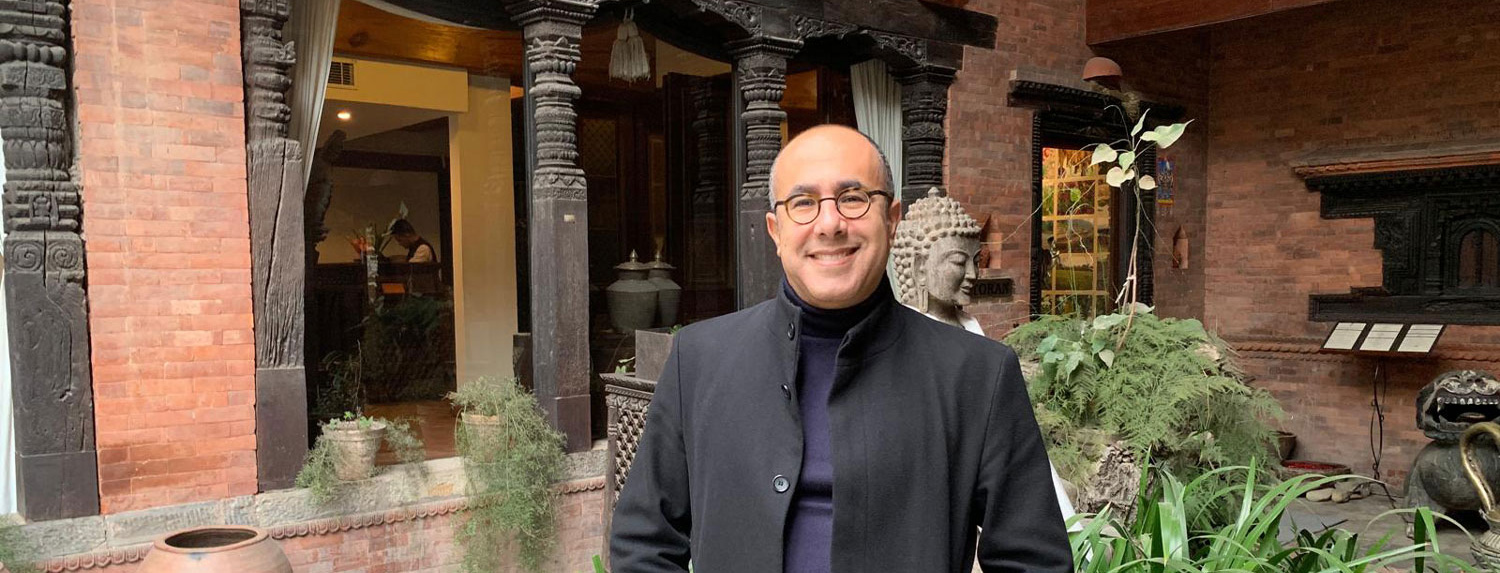Sameh Wahba (MUP ’97, PhD ’02) navigates one of the most complex landscapes in global development. As the World Bank’s Regional Director for Sustainable Development in Europe and Central Asia, Wahba heads efforts to eradicate poverty and promote inclusive development in an area stretching nearly 5.5 million square miles, from Kazakhstan’s desert and steppes to the Mediterranean coasts. Within this vast territory, his mandate covers a diverse population and an extraordinary range of issues—helping countries strengthen agriculture and food systems, manage water and natural resources, adapt to climate change, build resilient cities, and foster social inclusion. With a $10 billion portfolio and a team of 200 experts over 23 regional offices, Wahba is tasked with creating a vision of sustainable growth that can withstand both the pressures of today and the uncertainties of tomorrow.
“For me, the Harvard Graduate School of Design (GSD) was a good entry for this work; it gave me a place to build on my background in architecture while pushing me toward new ways of thinking,” Wahba reflects. Indeed, over the course of his studies in the GSD’s master of urban planning and doctoral programs, he came to embrace design as inseparable from economic, sociological, and environmental concerns. Whether in his efforts with the World Bank or his sustained engagement with the GSD, this expansive framework continues to guide Wahba’s work today.
The GSD as Springboard: From Architecture to Global Development
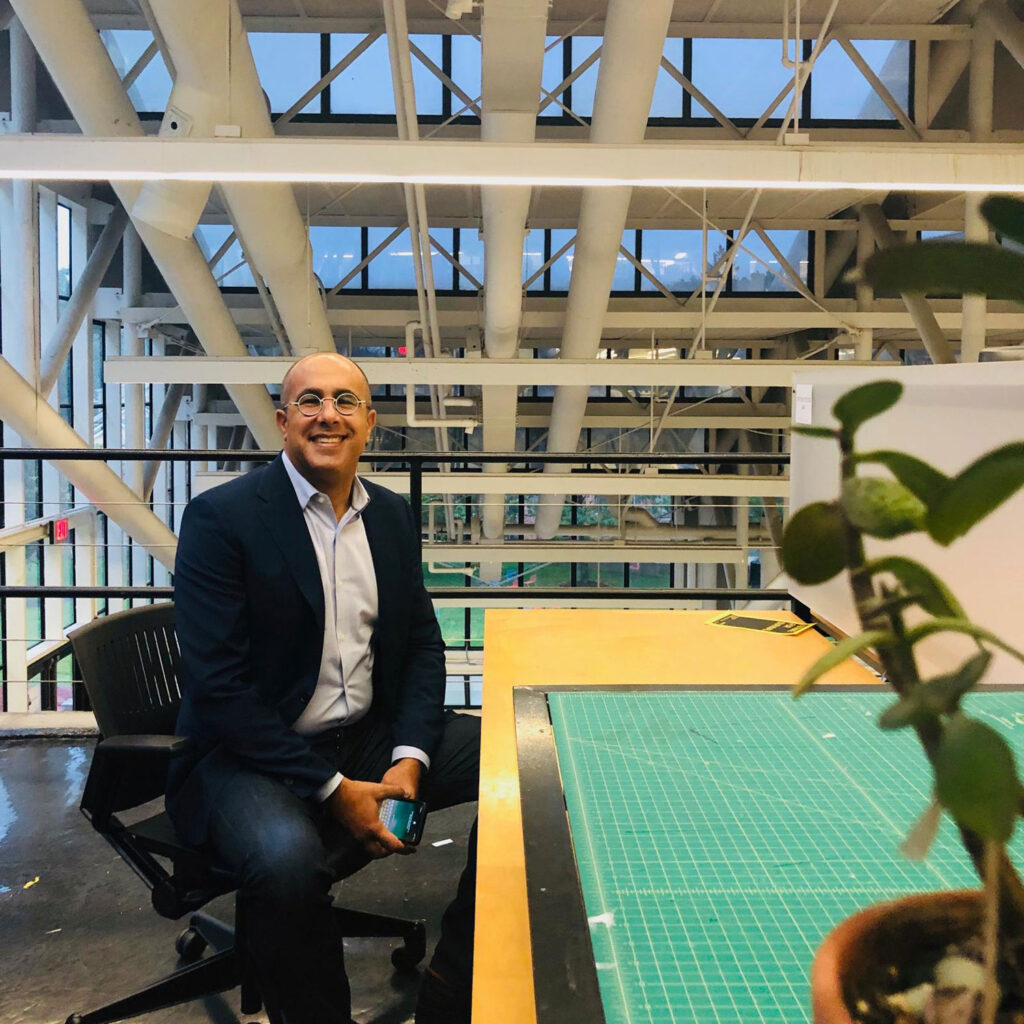
Wahba’s professional path began in Cairo, Egypt, where he completed a master’s degree in architecture with a focus on engineering. Interested in housing, he was inspired by the work of Hassan Fathy, whose pioneering low-cost housing projects demonstrated that affordability, culture, and beauty could align. But Wahba also recognized the limitations of such community development initiatives; for example, Fathy’s vernacular-inspired work didn’t always resonate aesthetically or functionally with the needs of those for whom he designed.
Arriving at the GSD, Wahba began to further explore the complexities of housing and community development. “My first couple of years, I complemented my existing design and spatial perspective with more quantitative tools, understanding the economics, the real estate finance dynamics, and the urban politics,” he recalls. The academic freedom allowed him to experiment broadly as he deepened his knowledge, drawing from design studios, planning courses, and policy seminars at the GSD, other Harvard schools, and the Massachusetts Institute of Technology (MIT). This latitude proved transformative. “The GSD was a place where I could take Alan Altshuler’s ‘Urban Politics and Planning’ at the same time as Rem Koolhaas’s ‘Harvard Project on the City,’ and then take Rafael Moneo’s ‘Design Theories in Architecture,’” Wahba notes. For his PhD committee, Wahba assembled diverse thinkers, working with Jerold Kayden on public-private development, Bill Doebele on international development, and Tony Gómez-Ibáñez on economics and public policy. Drawing from all three areas of expertise, he ultimately devised his own formula for work on land and housing policy. “The breadth of choice, within the GSD as well as across Harvard and MIT,” Wahba reflects, “gave me the intellectual flexibility that continues to shape my work.”
Overall, at the GSD, Wahba reframed his approach to urban and development challenges. “The school became a springboard for me; it let me experiment and connect design with the real forces shaping cities,” he explains. Wahba began to see design as a framework that could connect with economics, policy, and governance to create holistic solutions. As Wahba notes, the GSD’s multidisciplinarity “allowed me to expand the canvas. Whether it’s working on land policy, housing, or resilience, I’m always drawing from that foundation of ‘design-plus’.”
Integrating Insights to Create Solutions
Through his work with the World Bank, Wahba applies this “design-plus” concept within an amazingly broad context. While he currently directs efforts in Europe and Central Asia, throughout his 22 years with the institution he has been part of sustainable growth initiatives in regions around the world facing the pressures of rapid urbanization, environmental degradation, social inequality, and the intensifying impacts of climate change. Reflecting this complexity, Wahba’s portfolio encompasses projects across sectors, from improving land administration to supporting agricultural resilience to advancing energy and water sustainability. His work also includes helping governments strengthen disaster preparedness and recovery, a responsibility that has grown in urgency as extreme weather events increase in severity.
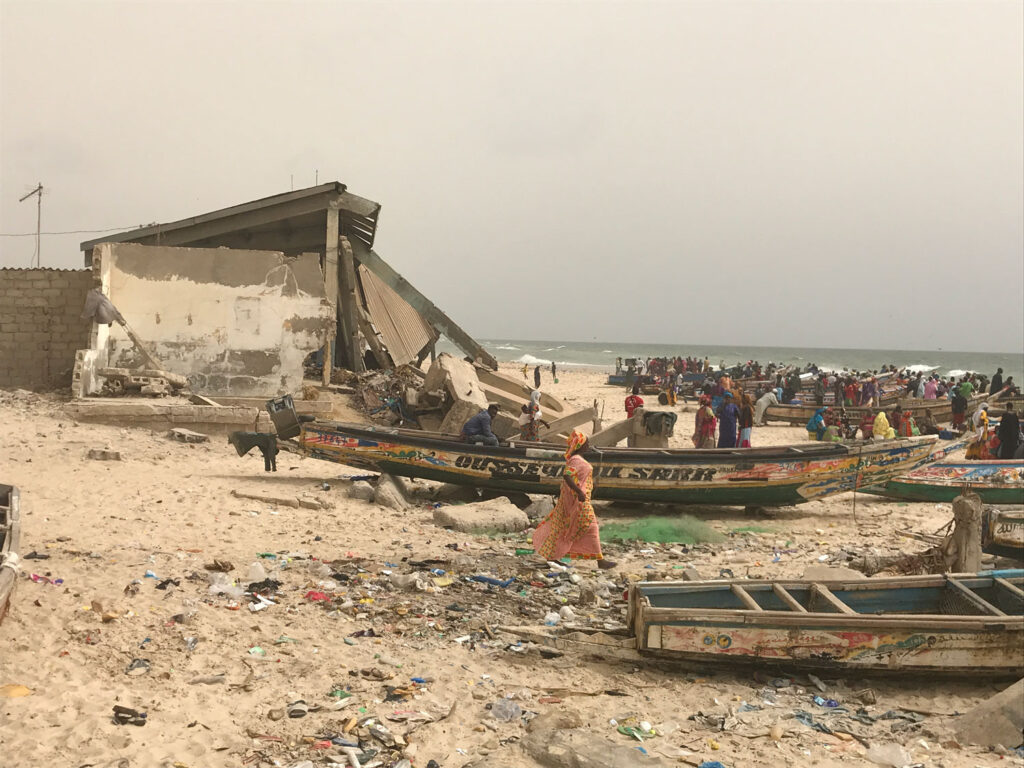
Crucially, Wahba emphasizes cooperation across domains, balancing technical expertise, policy advice, financing, and diplomacy—aspects that draw directly on the intellectual foundation he built at the GSD. “You cannot solve the housing crisis only with architecture,” he observes. “You have to think about finance, about land markets, about politics, about resilience, and you must integrate them all.” It is this perspective that Wahba brings to the World Bank. “Mainly we’re financiers,” he explains, “so we support governments in doing things. Yet with our research and the analytics, we’ve expanded the boundaries of the practice. And I’ve managed to introduce a stronger design lens to our work.” Since Wahba has joined the World Bank, he has helped countries grow significantly into issues of climate action, decarbonization, and adaptation. “We have moved into urban design, public spaces, nature-based solutions such as wetlands and mangroves—which serve decarbonization and flood mitigation purposes, but also in terms of creating green spaces, accessible spaces, thinking about mobility in the city.”
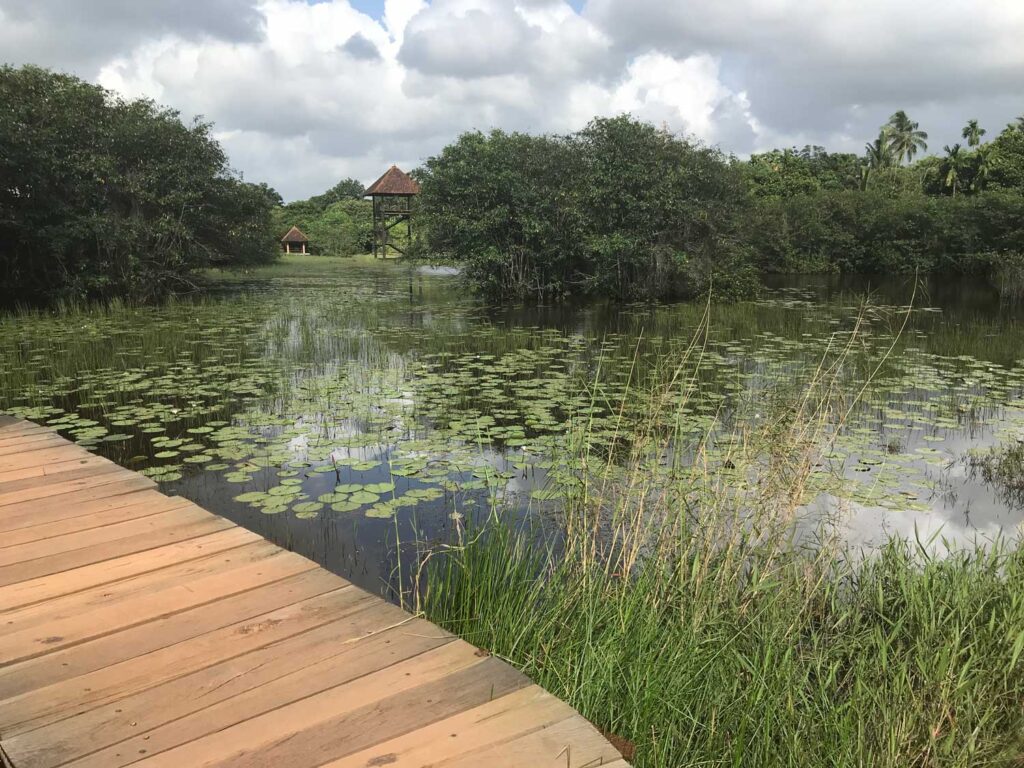
For Wahba, “expand the canvas” is more than a metaphor—it is a method of integrating insights across disciplines to generate practical, impactful solutions. It also means rethinking systems rather than simply delivering projects. For instance, in disaster prevention efforts, Wahba’s team helps rebuild infrastructure with embedded resilience measures that allow communities to emerge stronger. An example of such work is Beddagana Wetlands Park , part of the larger Metro Colombo Urban Redevelopment Project in Sri Lanka, which Wahba headed during an earlier role as Global Director for Urban, Resilience, and Land at the World Bank. His team transformed an 18-hectacre garbage strewn area into a thriving urban wetland that provides a recreational zone, regulates flooding, moderates atmospheric temperatures, and hosts an array of flora and fauna. At the same time, this regenerated wetland offers educational opportunities for local children and, through the development of concessions, generates revenue. Envisioned as a nature-based solution for flash floods, Beddagana Wetland has become a major amenity in the city, increasing biodiversity, residents’ property values, and their quality of life.
Another remarkable project occurred in Freetown, the capital of Sierra Leone, following a massive mudslide that killed hundreds of people and displaced thousands more. In addition to rehousing the affected population, the Sierra Leone Urban Resilience Program involved planting more than a million trees in the city for soil stabilization. This tree planting and care campaign simultaneously doubles as an income transfer program to alleviate poverty, with poor households engaged as environmental stewards. In exchange for pay, they plant the trees, grow them, and document their growth. Such creative programs support urban improvements while bolstering opportunity.
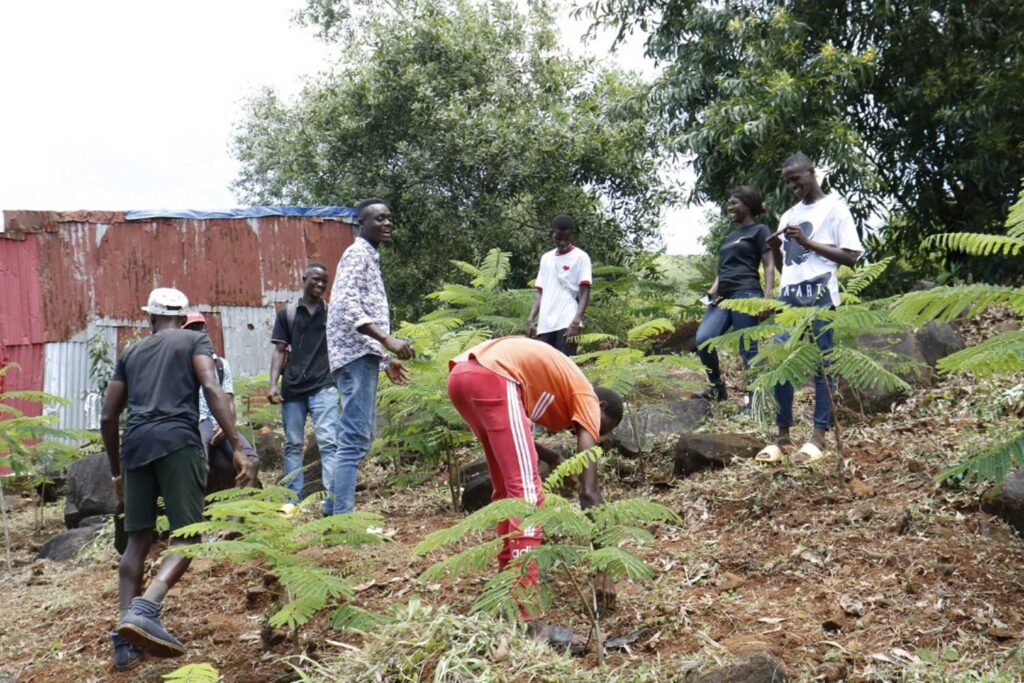
In many cases, Wahba’s team introduces new practices—such as the recently established Türkiye Water Circularity and Efficiency Improvement Project , which expands wastewater treatment and addresses water scarcity through the reuse of that water for agriculture and irrigation. And even seemingly small interventions can have a huge impact. Wahba cites an informal settlement upgrading program in Kenya where the installation of high mast lighting has changed communities: shops stay open later, kids without electricity at home bring books and study under the light, and crime rates drop. “It’s a complete transformation just because you put in a single light pole,” Wahba says.
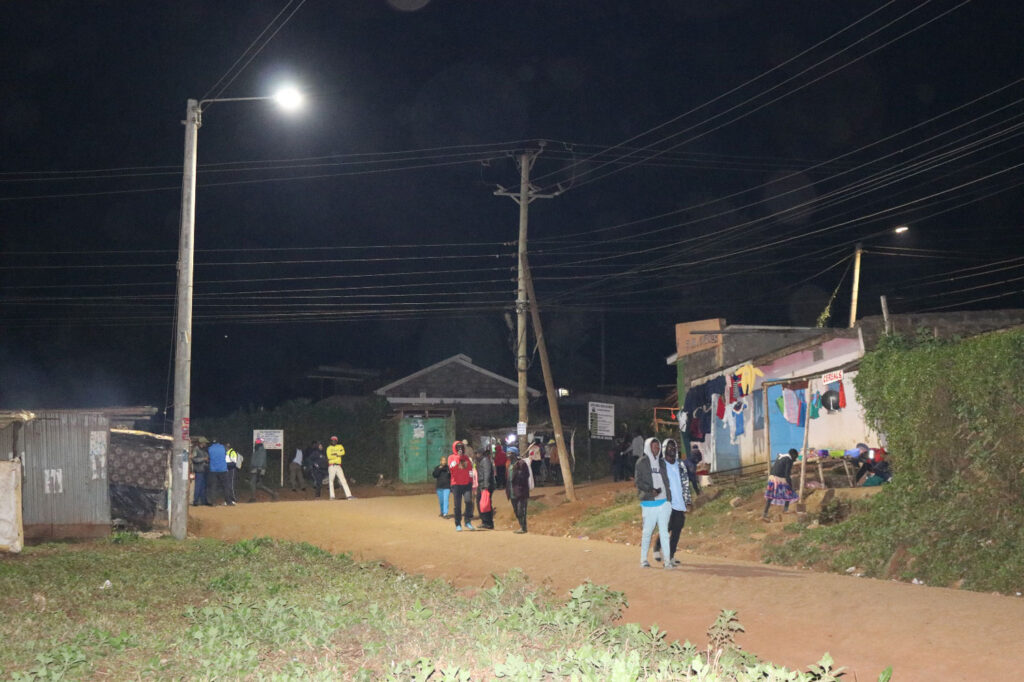
These initiatives reflect the interconnectedness of sustainable development and the imperative to bridge realms that, at times, have been treated as distinct. They also echo the GSD ethos of design as a framework that unites physical form with social, economic, and political realities.
A Continuing Conversation with the GSD
Even as he leads an expansive portfolio at the World Bank, Wahba remains closely connected to the GSD. Since July 2024 he has served as co-chair of the GSD Alumni Council, first with Nina Chase (MLA ’12) and now with Alpa Nawre (MLAUD ’11). Through the Alumni Council Wahba co-created Design Impact —a global speaker series in which practitioners share their visionary work on critical yet often overlooked topics, including upgrading slums and accessible design. Wahba is also a member of the Dean’s Council, through which he takes part in high-level discussions that help further the GSD’s reach within the university and beyond. He also recently began as an appointed director of the Harvard Alumni Association, representing the GSD. Indeed, Wahba sees the GSD as a vital incubator for the next generation of urban and development leaders—individuals who will tackle the increasingly complex challenges of climate adaptation, migration, housing crises, and social equity.
Looking back, Wahba positions his GSD experience as a reframing of design and the opportunities it brings. His wide-ranging explorations prepared him for a career where architecture merges with policy, spatial design intertwines with economic systems, and resilience demands creativity across disciplines. As Wahba affirms, “that multidisciplinary approach formed at the GSD comes to life in everything I do now.”
